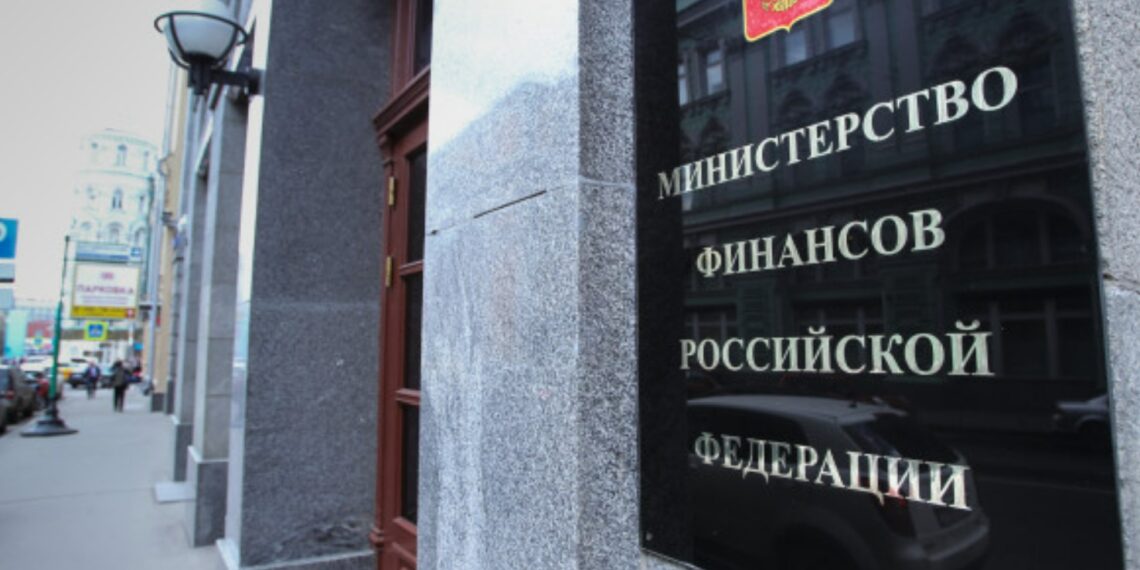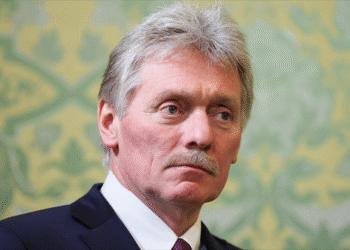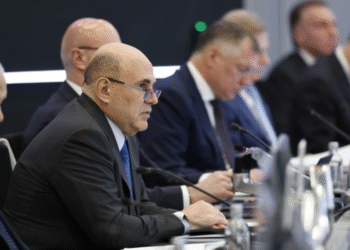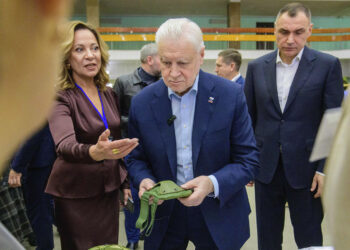MOSCOW (Realist English). In three years, the Russian financial system has irrevocably transformed into the cash and settlement structure of the state. With the Federal Treasury as a gray cardinal and additional credit institutions: supporting state banks, specialized funds.
Actually, Anton Siluanov was forced to indirectly admit this at the expanded board of the Ministry of Economy and the Ministry of Finance in April:
“This year, the resource of infrastructure budget loans is significantly increasing. The task is to get growth from this tool in the economy of the constituent entities of the Russian Federation, create new jobs and, accordingly, receive additional resources to budgets of all levels… An equally important task is to transfer the execution of regional and municipal budgets to a new treasury platform that allows for provision digital services, including tracking budget funds.”
In addition to infrastructure loans, there are several other mechanisms that are firmly coming in use, pushing commercial lending organizations to the sidelines. These are infrastructure bonds, state concessions, and a unified regional subsidy. In these schemes, the state can act both as a customer and a guarantor of financial support for projects.
The main “cheese” of what is happening is that the interest rate in budget lending schemes is much lower than the rate of the Central Bank and commercial banks. For example, in infrastructure loans it is generally symbolic: from 0.1% to 3%. In the scenarios of the Industrial Development Fund, it averages 5%, depending on the selected support program. In the latest government program of crediting manufacturers of “priority industrial products” it is 5.25%.
And there is also a set of grant support measures, where the state allocates money to producers on a formally gratuitous basis for targeted priority tasks. For example, a program for growing/refining products for corporate requests. For the first time, infrastructure budget resources were allowed to be used for the development of industry within the framework of a unified regional subsidy.
In the regions, they encourage the “practice of replacing market debt with budget loans”: moreover, this is the official policy of the federal center. In fact, all of the above has already developed into an alternative non-banking and non-commercial financial circuit. The pivot to the East begins with money.


















